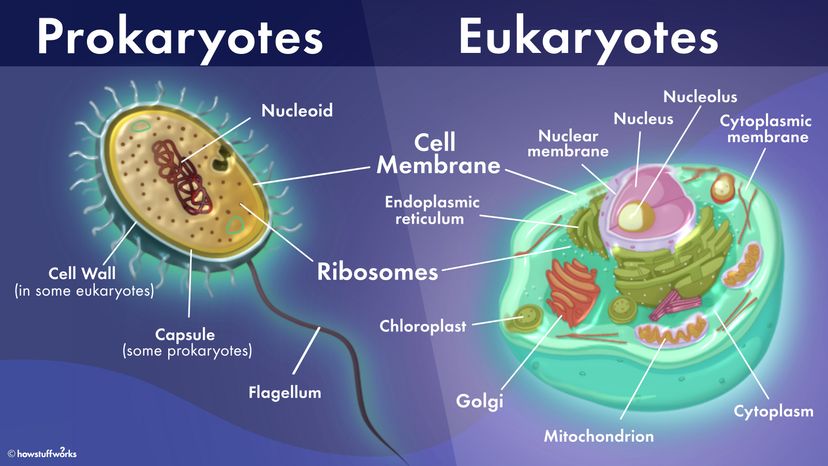Key Events in Earth History
Callan Bentley, Karen Layou, Russ Kohrs, Shelley Jaye, Matt Affolter, and Brian Ricketts and Charlene Estrada
At this point, you do not need to worry about all the small details of the Geologic Timescale. What is important is remembering how it is divided up into several very different eras that reflect completely different conditions on Earth. For instance, the main Eons in the Geologic Timescale are the Hadean, the Archean, the Proterozoic, and the Phanerozoic. How are these four Eons in Earth history different?
The Hadean is the earliest Eon in Earth’s history. It is derived from the word “Hades” which reflects the hellish conditions that were thought to persist on the planet. These conditions are thought to include a global magma ocean as Earth was just forming and differentiating or ordering and separating out its internal layers, the crust, mantle, and core. At the beginning of this Eon, Earth did not have a moon, water, continents, or plate tectonics – it was completely uninhabitable to life as we know it today. Much of that changed throughout the Hadean as Earth developed a liquid ocean, atmosphere, and the moon formed – more on how all of this happened later in the course.

The Archean (Greek for “ancient”) is the next Eon that follows in Earth’s history. For some geologists, this is the most exciting of the Eons. Earth cooled down enough to form the continental crust, differentiated enough to begin an early process of plate tectonics. Most notably, the first signs of life have been found in the geologic record as far back as 3.5 billion years ago. Early life was only single-celled bacteria, and the atmosphere of Earth lacked any free oxygen compared to what the modern atmosphere is like today.

The Proterozoic (Greek for “early life”) Eon marked a transition to a more oxygenated atmosphere, courtesy of photosynthesizing bacteria. Eukaryotes began to evolve on the planet during this Eon, and these single-celled organisms were the first to develop a central nucleus and organelles capable of performing tasks for the whole organism. The development of eukaryotes was important because all multicelled life, including animals and humans, evolved from this domain of life.
Geologically, the Earth experienced several episodes of what is called a “Snowball Earth” event; in which most or all of the Earth was thought to freeze over during a glacial age. The end of these glaciations is thought to be marked by a large release of nutrients and a movement of carbon reservoirs throughout the planet that might have affected the evolution of the earliest multicellular organisms. These organisms are best preserved in the Ediacaran Era (635-541 Ma).

The Phanerozoic (Greek for visible life) Eon is the time in which we are currently living. This Eon is characterized by a huge diversification in animals and plants. First many hard-shelled organisms appeared in oceans in what is called the Cambrian Explosion beginning in 541 Ma, although vertebrate fishes also began to evolve. Around the same time, land plants colonized the continents.

The Phanerozoic Eon is divided into three distinct Eras – the Paleozoic (Ancient Life), Mesozoic (Middle Life), and Cenozoic (Recent Life). The Paleozoic is marked by diverse ocean life, early land reptiles and amphibians, large insects, and enormous plants. The Mesozoic is well-known as the age of the Dinosaurs, although it is also marked by the evolution of mammals and flowering plants. The Cenozoic saw the diversification of mammals on land and sea and the evolution of humans.
Mass Extinctions
The Phanerozoic is also marked by Mass Extinction events, which mark a significant die-off of species in a short time. There have been five (perhaps even six!) extinctions during the past 541 million years, each with a different cause. Let’s learn about these extinctions below!


